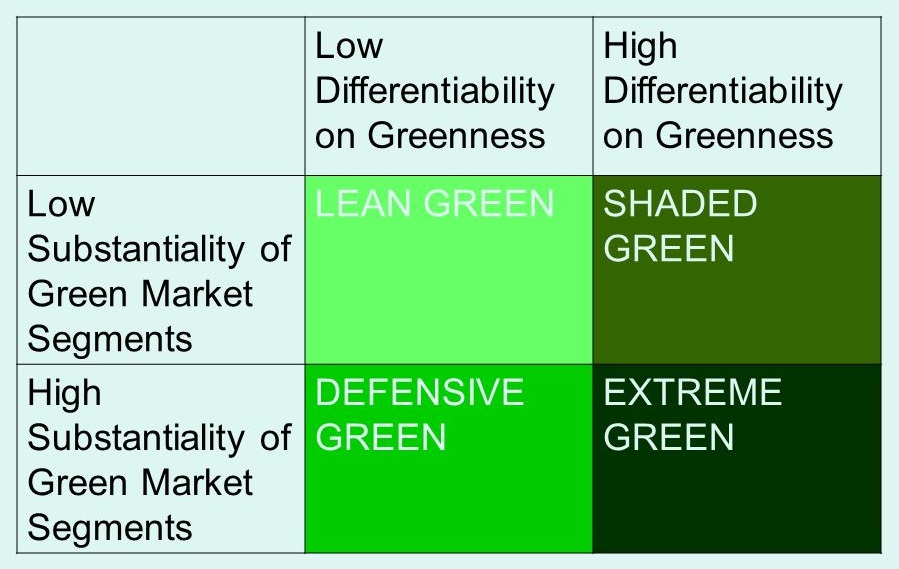Big data is large and complex data sets that are collected by companies and governments. The data that involve many types of information arriving in increasing volumes and with the incredibly fast rates. Big data signifies colossal volumes of data are being generated from assorted sources such as business processes, machines networks, and social media. Historically, it is a challenge to reserve the enormous volume of data, by the progression computing capacity that storage is not an issue anymore.
Big data can be classified into three types of data which is structured data, unstructured data, and semi-structured data. The structured data being easily entered, processed, queried, stored and recover into a fixed format.… Read the rest


